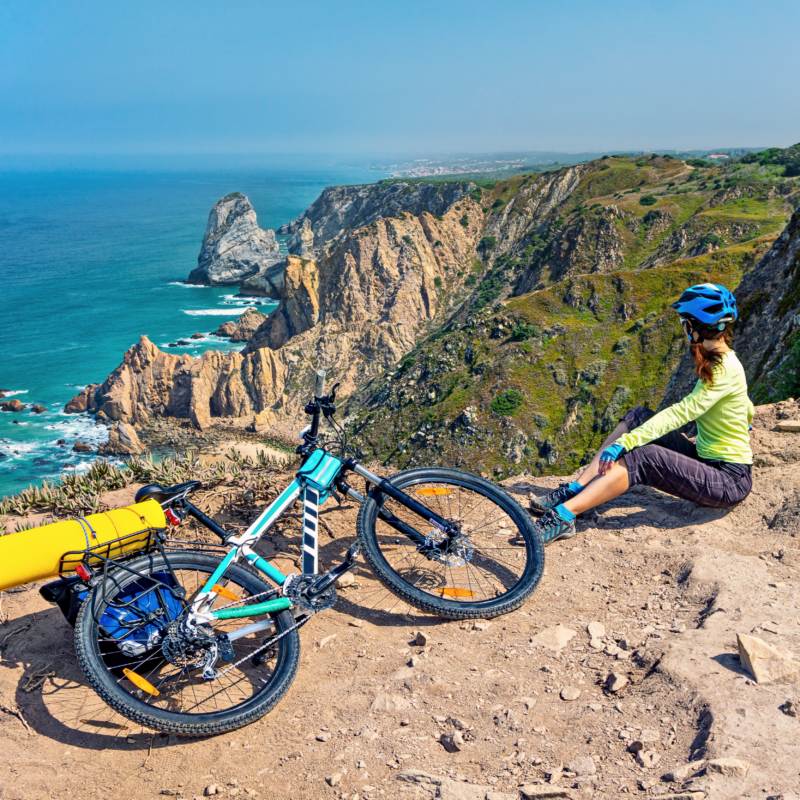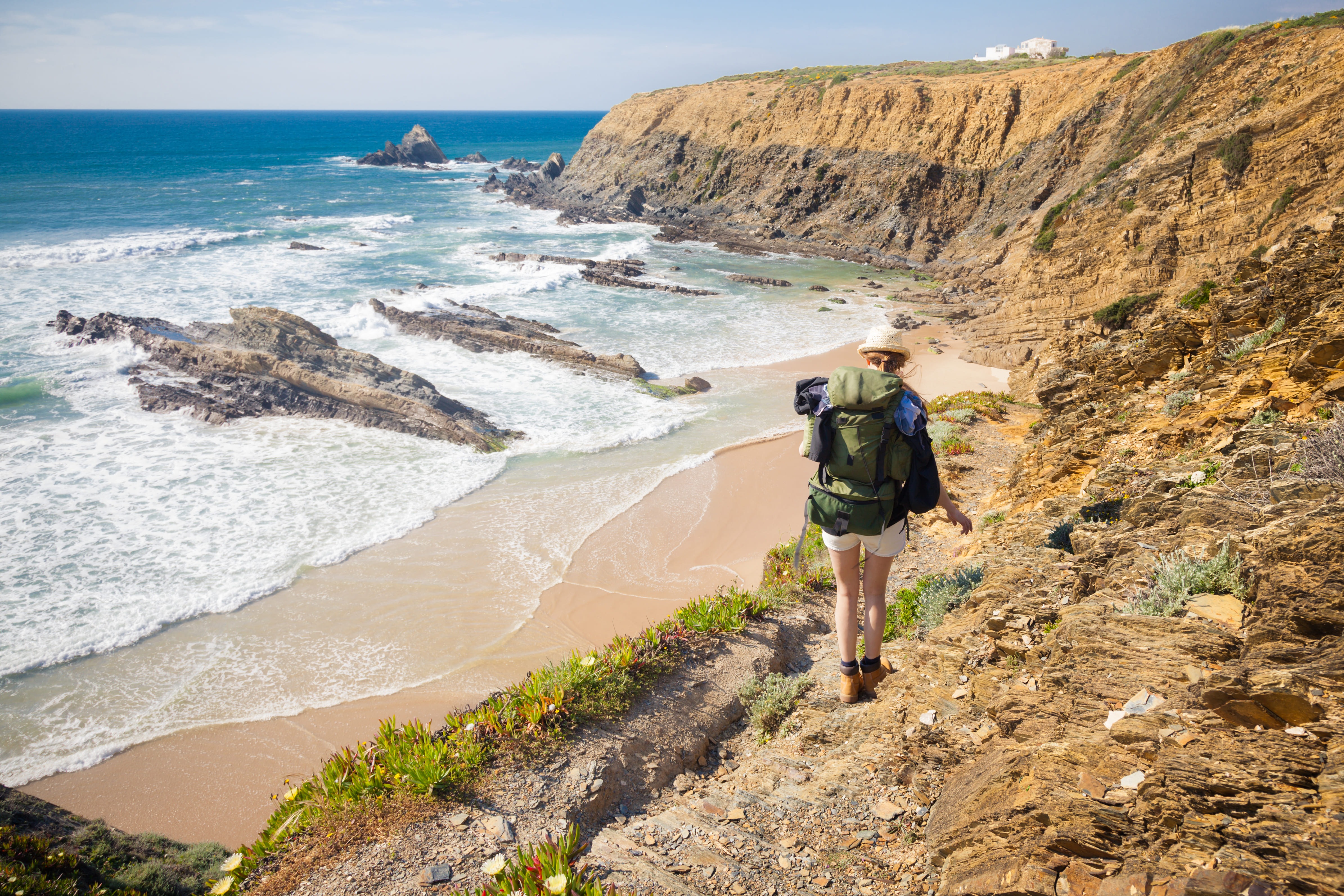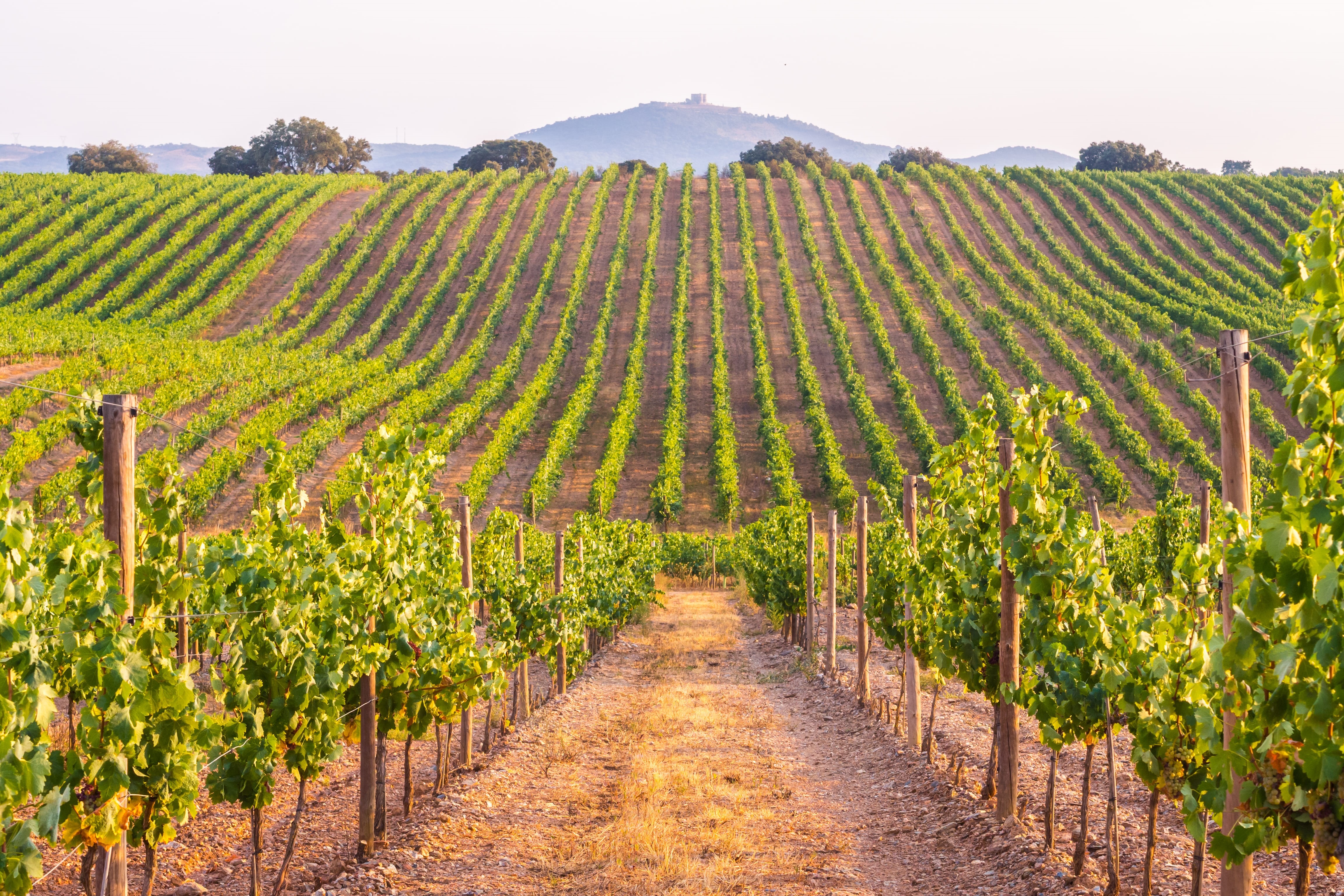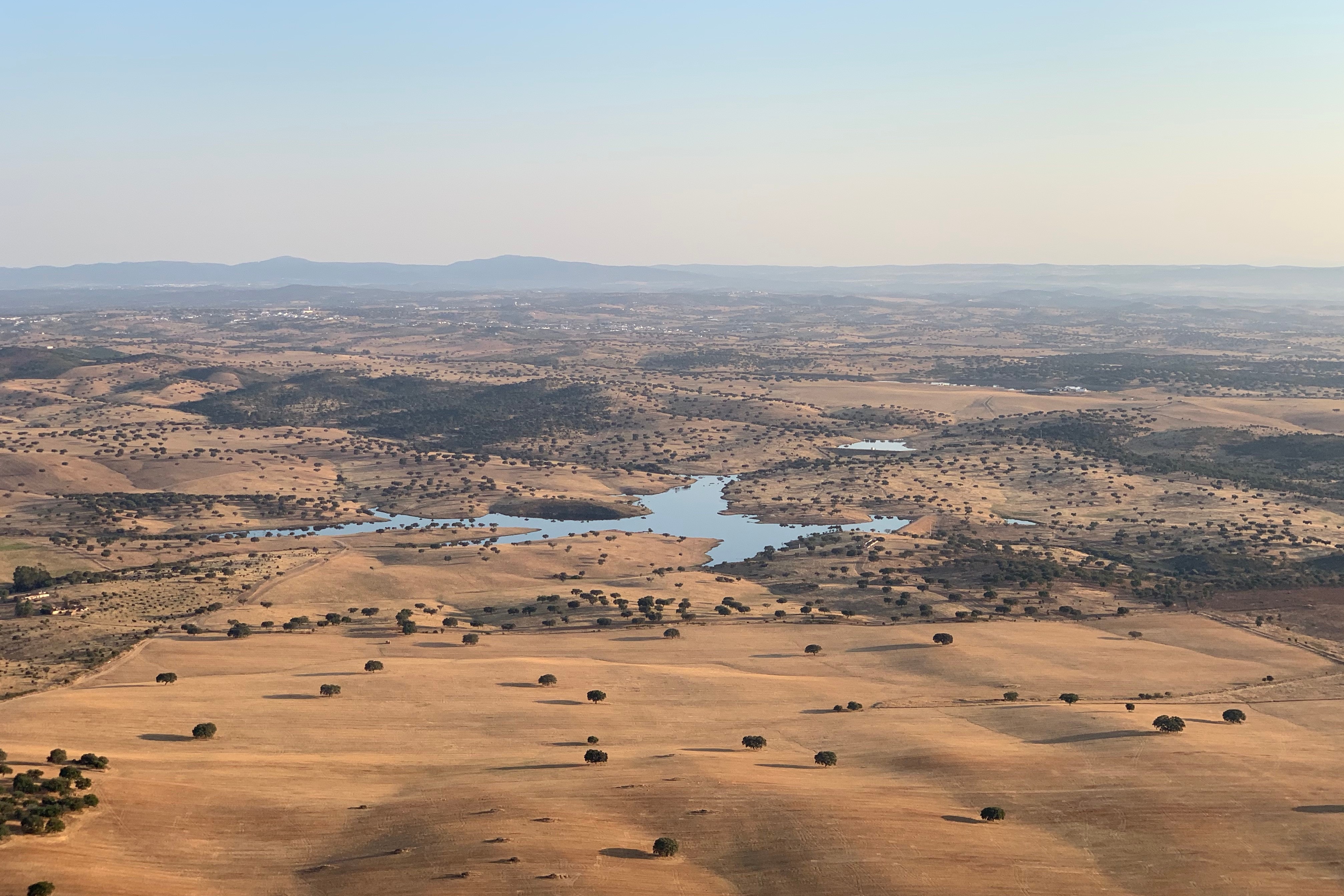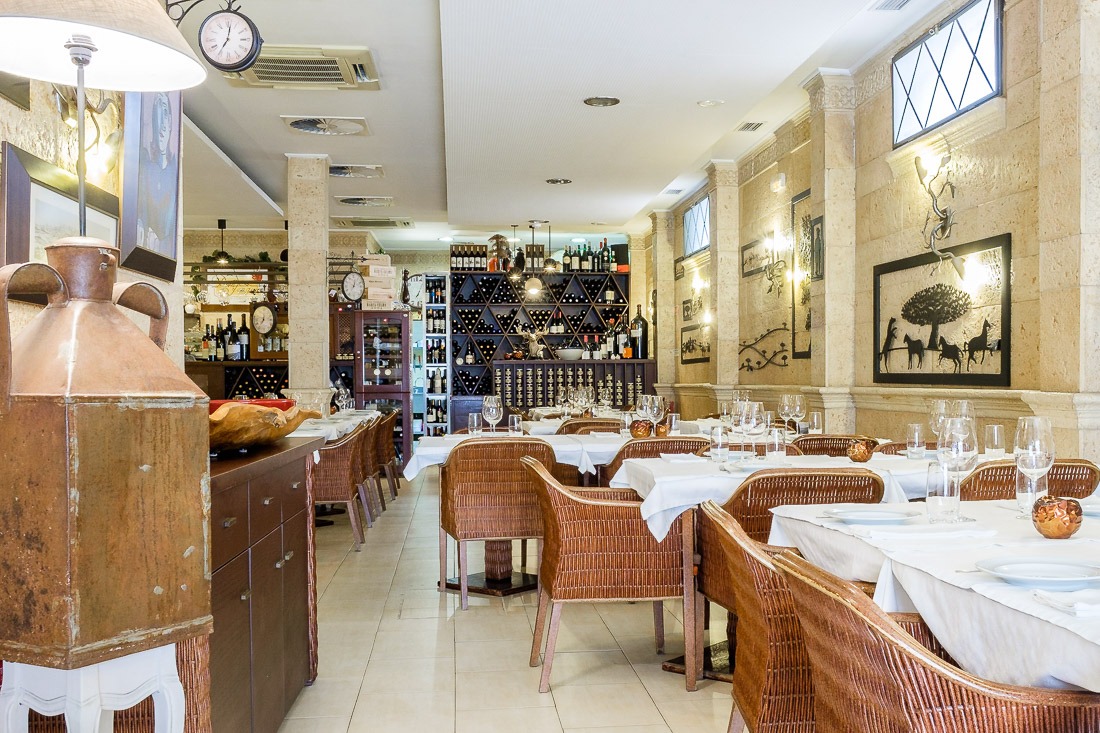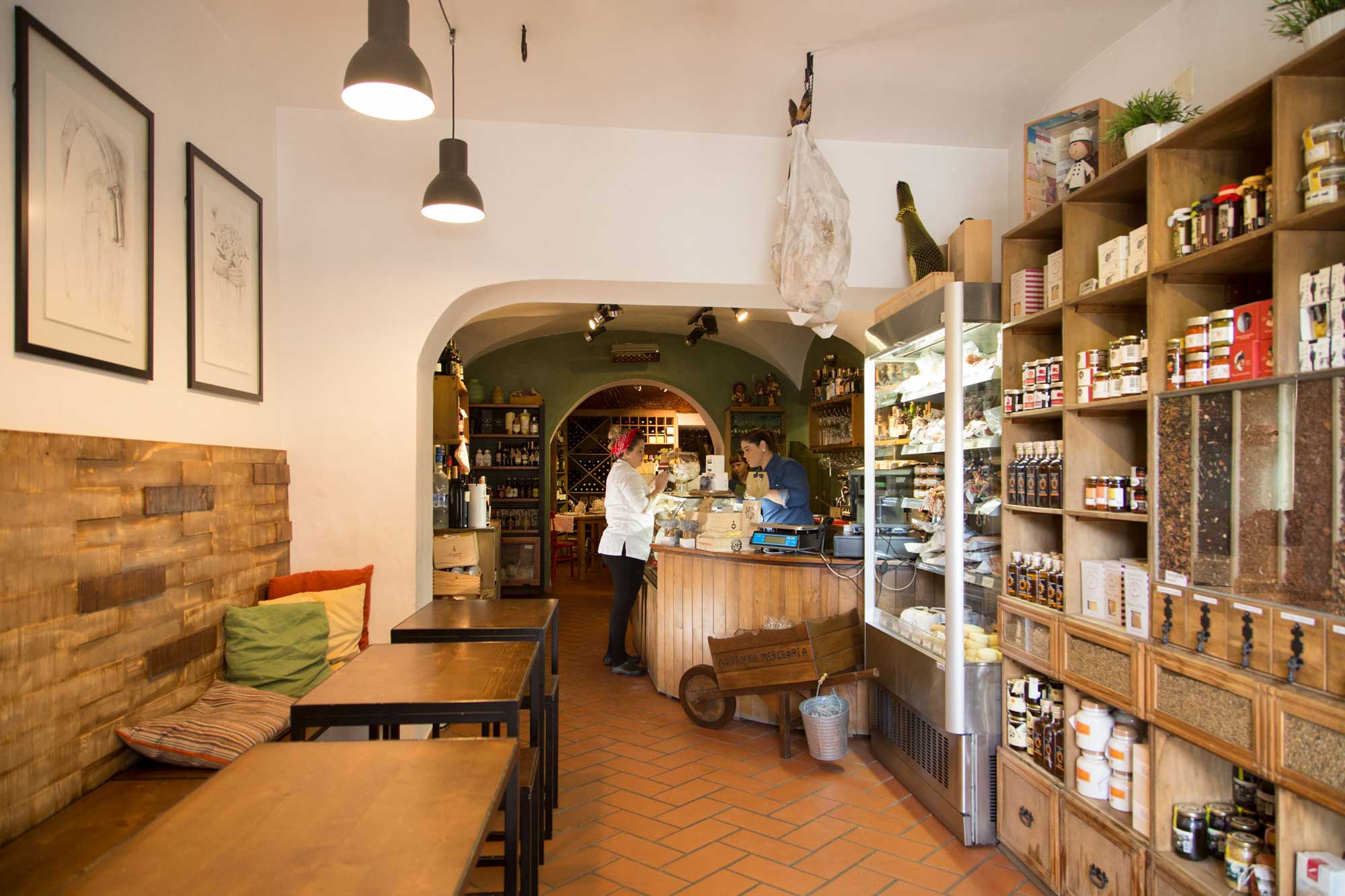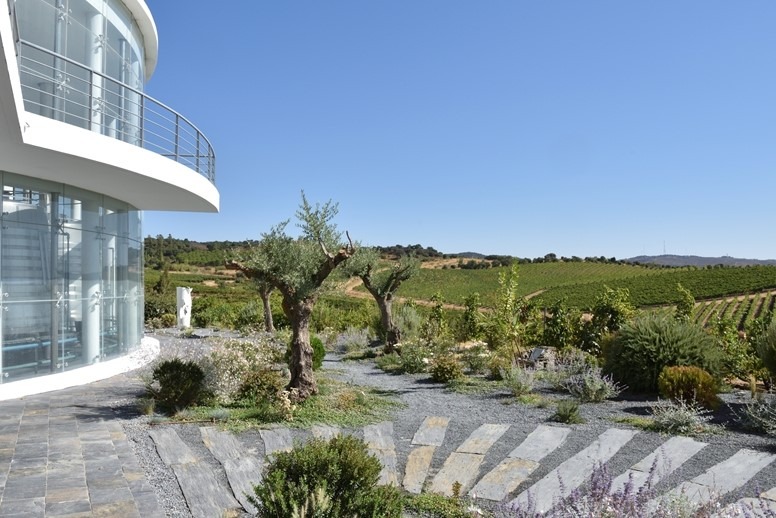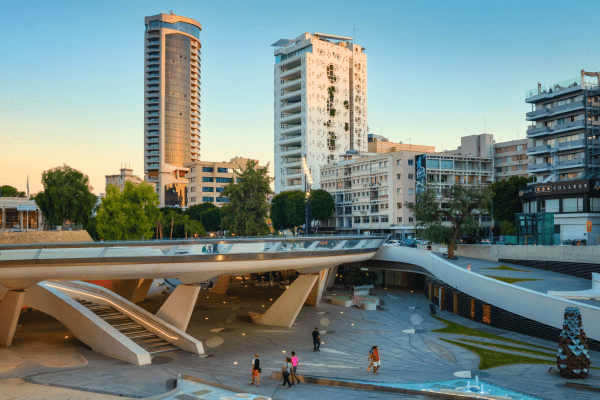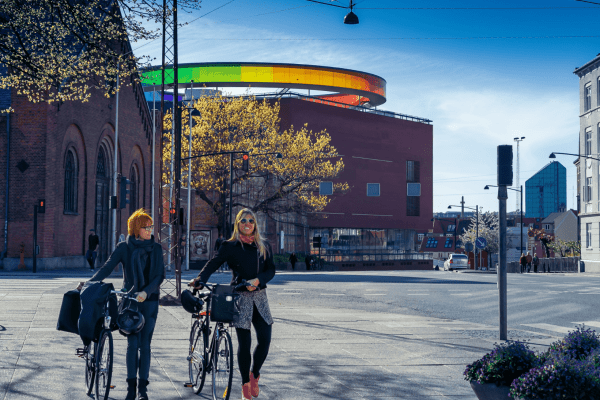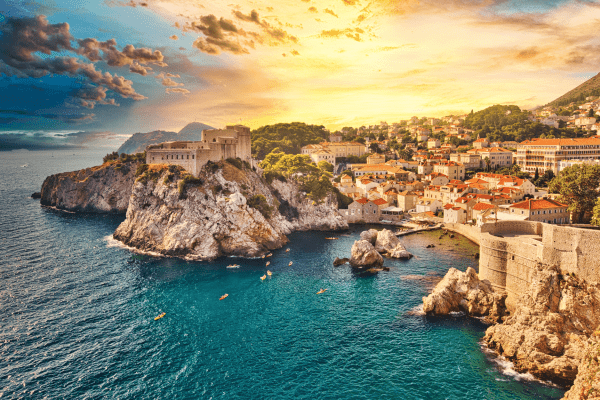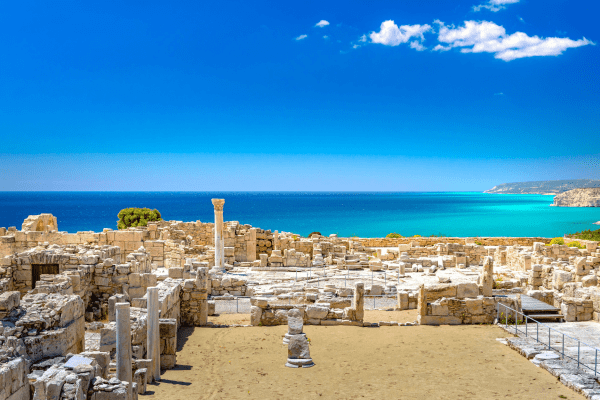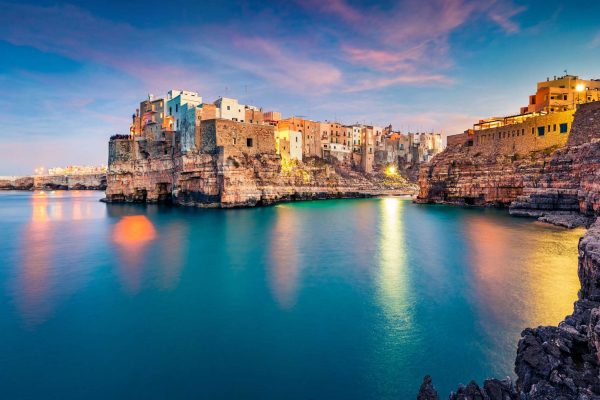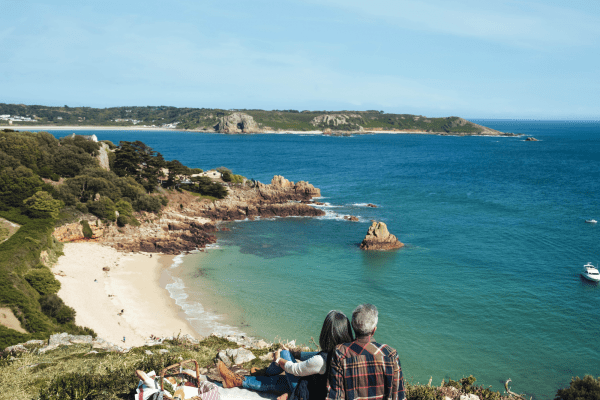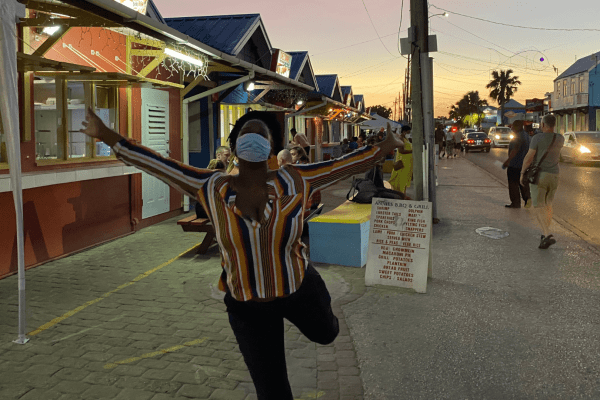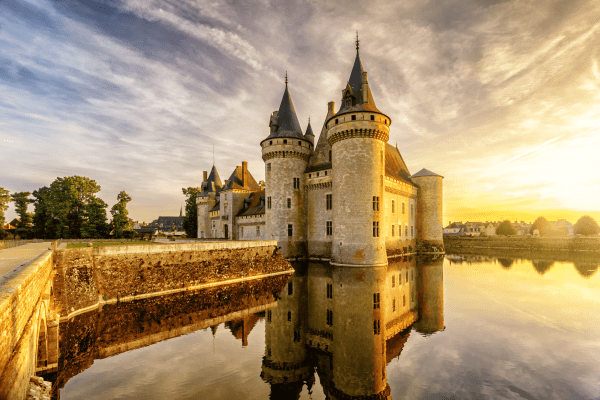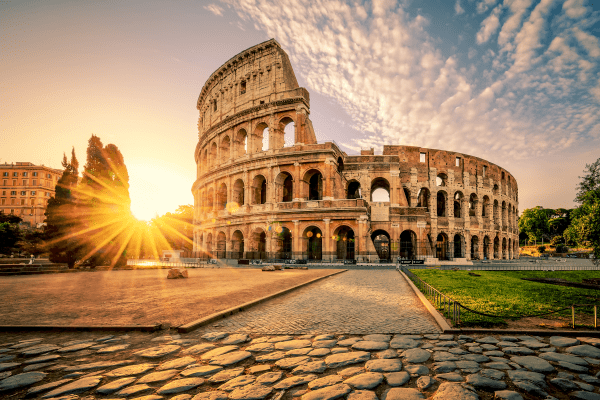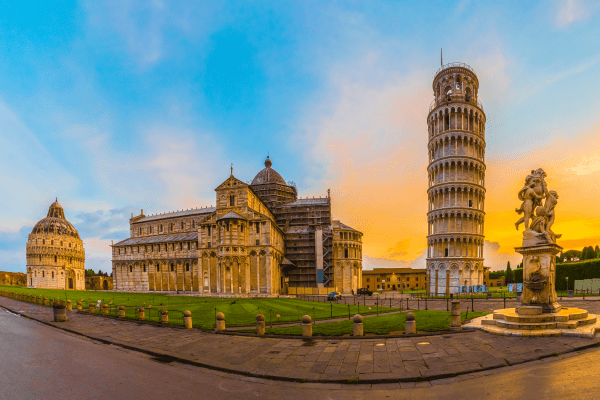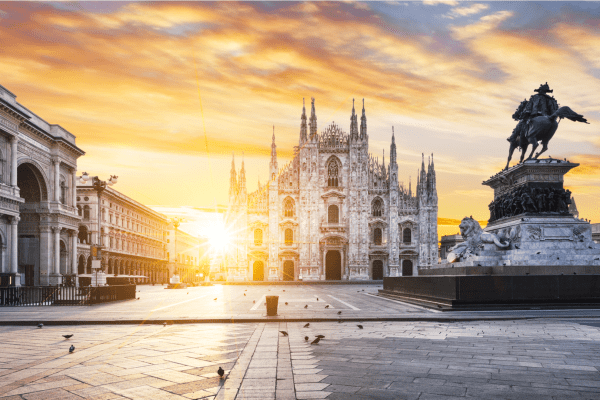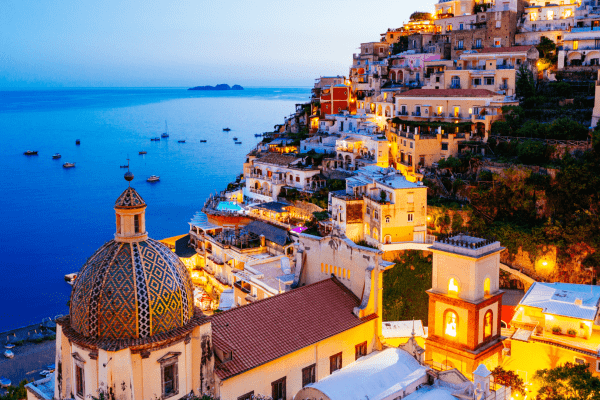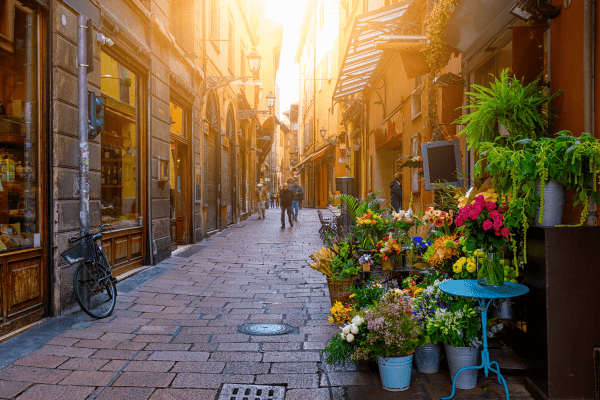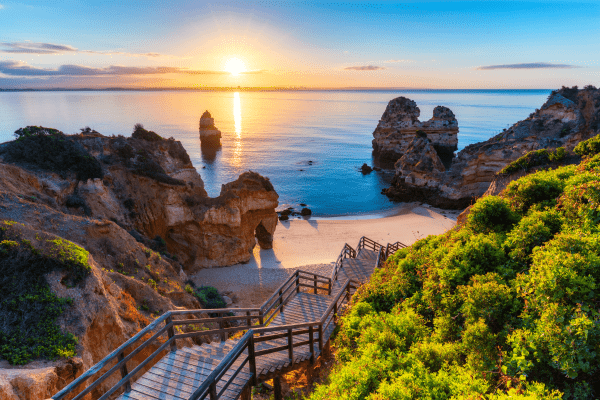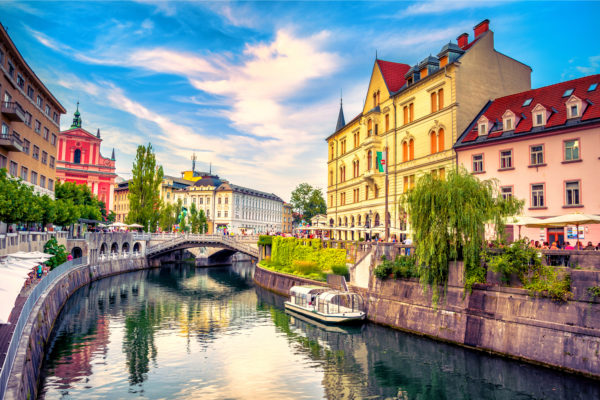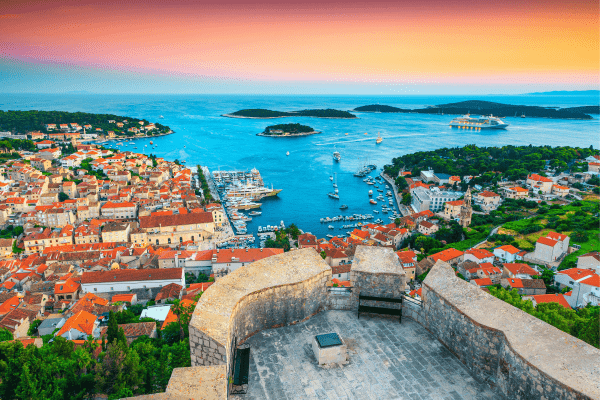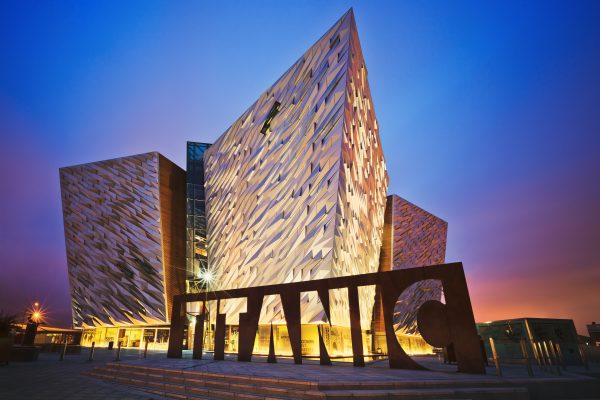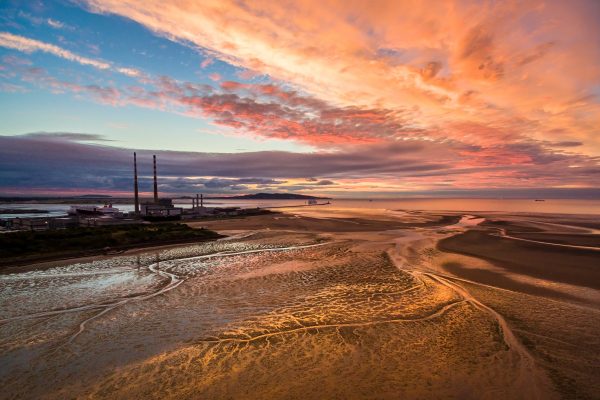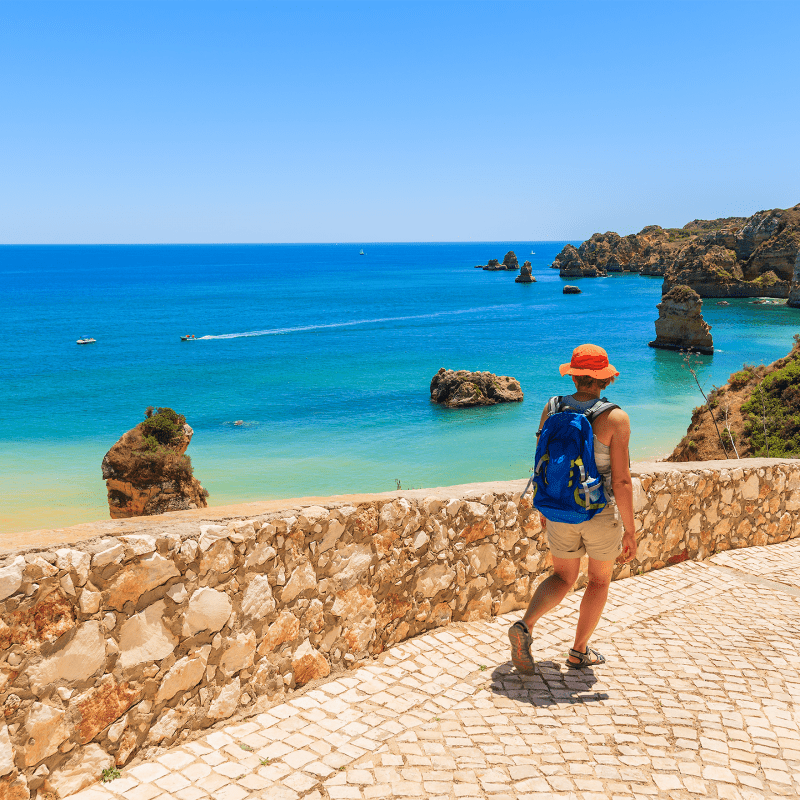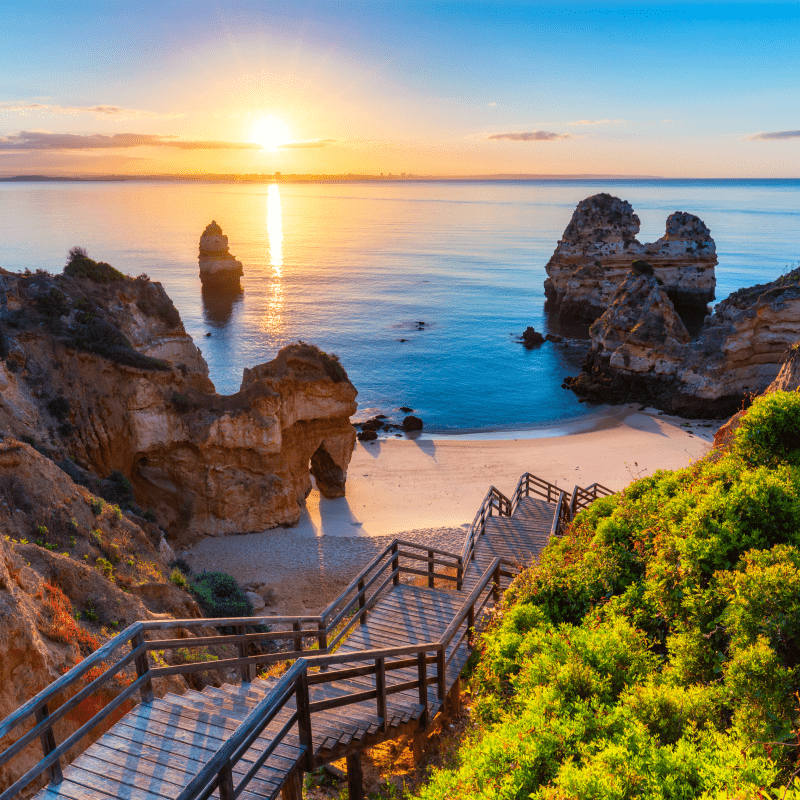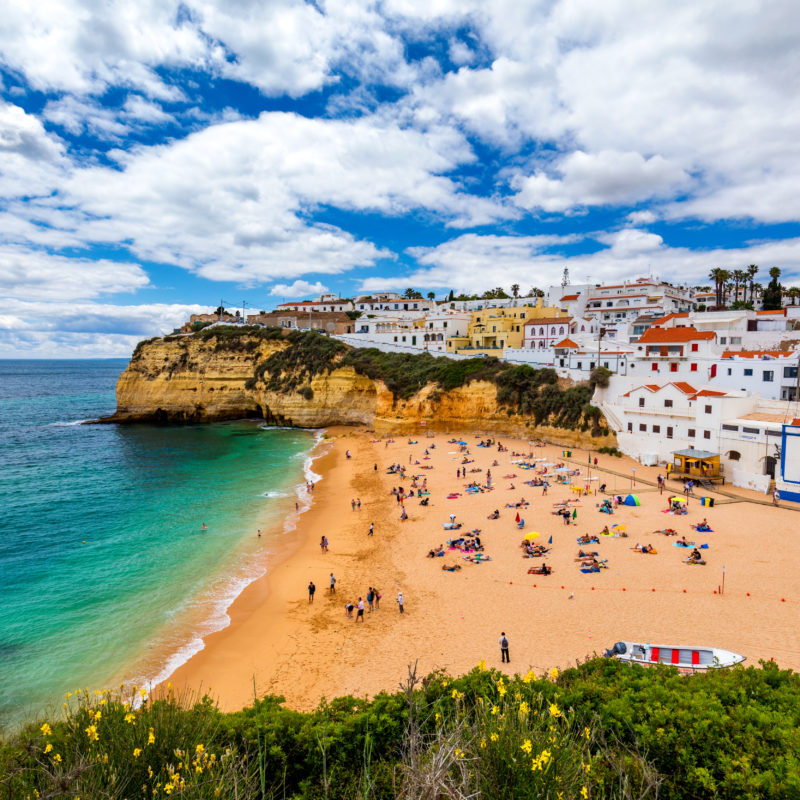It’s been called Portugal’s secret garden, and while it’s true that this gem of a region is a less well known than other quarters, it’s hardly some tiny hidden backwater. In fact it covers a significant 30% of the country’s land mass, although it’s home to just 5% of the resident population. To help you locate this beautiful area, it’s the sizeable chunk of earth north of the Algarve and south of Lisbon. As Portuguese speakers will tell you, its name means “beyond the Tagus river”, the waterway which neatly cuts off almost the entire bottom third of the Iberian Peninsula.
Away from the crowded beaches and tourist filled resorts of the southern shores, the Alentejo has an altogether different vibe. Marked by nature, heritage, and some of Europe’s wildest coastline, it’s filled with plains of wild flowers, sandy beaches, huge horizons and historic towns. Time has its own rhythm here where one of the most important items coming up on your ‘to do list’ is simply to sit at the table and share a glass of wine with friends and family.
The most popular time to escape to the peace and quiet of Alentejo is during the high summer season. True, it’s never that crowded, unlike its Algarvian neighbour, but for a proper get away, consider the low season months between October and April. With roughly 300 days of sun each year, even winter sees lots of sunshine. Temperatures remain mild, ideal for hiking and cycling, whereas the summer highs of up to 40°C, prohibit such outdoor adventures. Enjoy the spring almond blossom and nesting birds, and the wine fairs and harvest food festivals of autumn.
Évora and the Route to Spain
Follow the heavily fortified historic trading route from Lisbon where numerous towns mark the journey leading to the Spanish border. Elvas is unmissable for its star-shaped masterpiece of defensive engineering; charming Monsaraz is one of the country’s oldest villages; and Borba, Estremoz and Vila Vicosa are renowned for the white marble seen in both the buildings and in the surrounding landscape. At the very heart of the region lies the ancient cathedral city of UNESCO listed Évora, once a major trading and religious centre. Today Évora enjoys a quieter pace of life and is best visited during low season as its inland location subjects summer visitors to soaring temperatures. Cooler months are the ideal time to explore the city’s incredibly well preserved Roman temple, the Royal Palace of Dom Manuel, gothic cathedral, Chapel of Bones, and historic aqueduct.
Alentejo’s Wild’s Atlantic
Dramatic and unspoiled, this coastline is home to some of Portugal’s most stunning beaches. Long stretches of golden sand, towering cliffs and characterful seaside villages will delight beach lovers in a way that the tame, over populated Med never can. Great swells make many areas popular with surfers. The charming coastal towns are attractive to Portuguese families over the summer, but come low season, many stretches are practically deserted save for strolling couples and the odd fisherman. Check out or the remote Praia do Malhão, the more lively Vila Nova de Milfontes, and the lookout point at Sardão Cape, the only place in the world where you can see white storks nesting on the cliffs.


